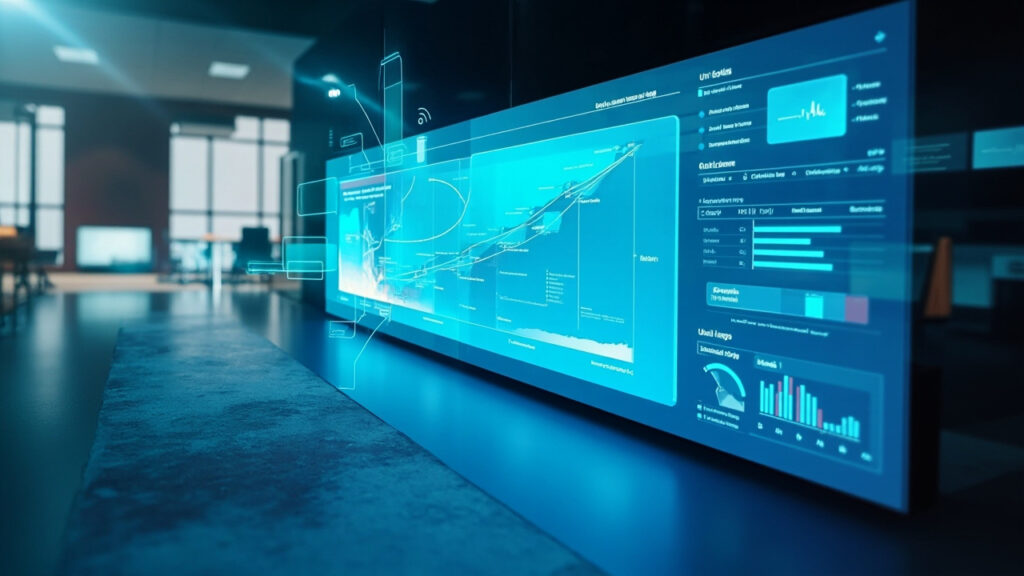In an era dominated by rapid technological advancements, the software development industry is continually pushed to accelerate its pace while not compromising on quality. This dynamic has brought software testing techniques into the spotlight, highlighting their critical role in ensuring robust, error-free applications. Traditional testing methods, while foundational, often struggle to keep pace with the complexities and scale of modern software projects. This blog post explores these challenges and introduces innovative solutions, focusing on how integrating AI-driven platforms like GenQE can revolutionize the approach to software quality.
Software testing is not just a phase in the development cycle; it’s a crucial process that can dictate the success or failure of a product. As software systems become more intricate, the methodologies and tools employed to ensure their reliability must evolve. This post will delve into traditional and modern testing techniques, the emerging role of AI in testing, and how tools like GenQE are pivotal in transforming the landscape of software quality engineering.
Readers will gain insights into enhancing their testing strategies, understanding the benefits of AI integration, and learning how GenQE provides a cutting-edge solution to common and complex challenges faced in software testing.
The Evolution of Software Testing Techniques

Software testing has undergone significant transformations over the decades, evolving from basic manual testing to more sophisticated, automated, and integrated approaches. Understanding this evolution is key to appreciating the current trends and future directions of testing methodologies.
Historical Perspective
Initially, testing was often performed manually, with testers playing the role of end-users to identify bugs or issues before release. This method, while straightforward, was time-consuming and often prone to human error, leading to inefficiencies and potential oversights in testing coverage.
Shift to Automation
As software development methodologies like Agile and DevOps gained traction, the need for faster testing cycles became apparent. Automation emerged as a critical component, enabling quicker feedback loops and more consistent test execution. Tools like Selenium and QTP (QuickTest Professional) became staples in the tester’s toolkit, offering robust platforms for automating web and desktop applications.
Integration with Development Processes
The integration of testing into the continuous integration/continuous deployment (CI/CD) pipelines marked a significant shift towards more proactive quality assurance. Testing became a continuous process rather than a discrete phase, helping teams identify and address issues more rapidly and efficiently.
Exploring Traditional Testing Techniques

Before diving into AI-enhanced testing, it’s essential to understand the traditional techniques that form the backbone of software testing. These methods are often categorized into static and dynamic testing.
Static Testing
Static testing involves examining the code without executing it. Techniques like code reviews, syntax checks, and inspections are part of static testing. It helps in identifying issues early in the development phase, significantly reducing the cost and effort of fixing bugs later.
Dynamic Testing
Contrary to static testing, dynamic testing requires the code to be executed. It includes a wide array of techniques from unit testing, where individual components are tested in isolation, to system testing, where the entire application is evaluated. Integration testing and acceptance testing also fall under this category, each with a specific focus on different aspects of the software’s functionality and user acceptance.
The Role of AI in Modern Software Testing

Artificial Intelligence (AI) is set to redefine the paradigms of software testing with its ability to learn, adapt, and uncover insights that are beyond human capabilities. AI’s integration into testing tools can dramatically enhance both the efficiency and effectiveness of testing processes.
AI-Driven Test Case Generation
One of the most time-consuming aspects of testing is creating comprehensive test cases. AI can automate this process by analyzing project documentation, user behavior data, and existing test cases to generate new test cases that cover untested paths or potential edge cases.
Enhancing Test Accuracy with AI
AI algorithms can predict the most likely areas of the software where defects might occur, allowing testers to prioritize these areas. This predictive analysis helps in focusing efforts where they are most needed, thereby optimizing the testing process and resource allocation.
Real-Time Decision Making
AI enhances real-time decision-making in testing environments by continuously learning from new data. It can dynamically adjust testing strategies based on code changes, user feedback, and other criteria, ensuring that the testing process remains relevant and effective throughout the development cycle.
GenQE: A Case Study in AI-Powered Testing Efficiency

While exploring AI’s impact on software testing, GenQE stands out as a leading example of how AI can be seamlessly integrated into testing workflows to yield substantial benefits.
Discover More Innovative Solutions
Want to learn more about the tools and technologies discussed in this article? Explore how these innovations can be tailored to your specific needs and workflow requirements.
Our team of experts is available to answer your questions and provide personalized insights into how modern solutions like GenQE can address your specific challenges.